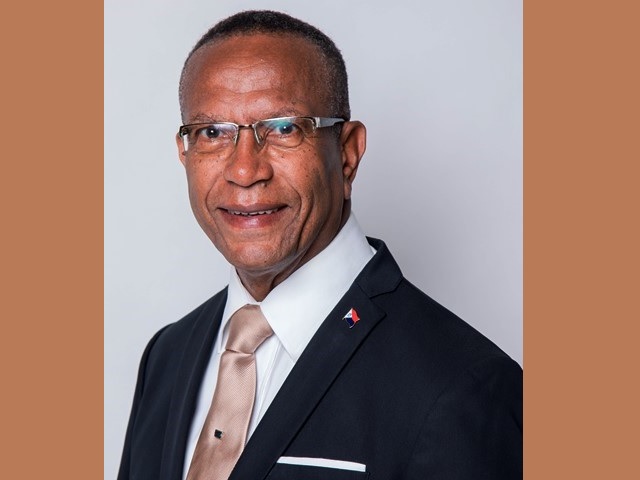“It’s already six weeks after the elections and still no government in place!”
This is the comment, the cry or even the complaint one hears from people who are anxious to know what is going on. Well, a new government is actually the final result of a parliamentary election. So let us walk through the multiple steps that must be taken before a new Council of Ministers can be sworn in.
Immediately after the February 26th election, a step was added, which was skipped after most of the previous elections and that is the phase of the informateur. In the past, coalitions were formed, almost immediately, after the election results were made known, which led to the proverbial “3am coalitions”, which to date never have lasted. The longest lasting coalition government since 10-10-10 only served a mere nineteen months.
Let me outline the steps from parliamentary election to government or Council of Ministers so that one can get a better understanding of where we are in the process at this point in time.
On March 1st 2018, the informateur’s phase was ushered in when the Governor appointed two informateurs, Dr. Nilda Arduin and Mr. Jan Beaujon, to ascertain which of the winning parties would most likely be able to form the broadest possible majority in parliament. The informateurs delivered their report on March 12th in which they offered several scenarios. They concluded that, based on party programs and priorities, all of the winning parties should be able to form a coalition. Yet, the informateurs were unable to point out any definite coalition due to, what they termed, personality, trust and animosity factors which were, in their opinion, “the real stumbling blocks in providing the country with a stable Government in the interest of the country and the people”. This conclusion already gave an indication that the forming of a coalition and subsequently a government could be a long and arduous task.
On March 16th 2018, the second phase of forming a coalition and government commenced when the Governor appointed Mr. Theodore Heyliger as formateur. His assignment was to put together the broadest possible majority in parliament. Mr. Heyliger held talks with all the party leaders as well as with most of the MPs-elect of the winning parties. Unfortunately, he was unable to get all of the parties to agree to work together to form a broad parliamentary coalition.
Meanwhile, on April 2nd at 10am, the fifteen, newly MPs were sworn in by the Governor and the new Parliament was scheduled to hold its first meeting on the same day at 12:30pm to appoint the Chair and the Vice Chairs of Parliament. Unfortunately, this meeting was cancelled, not because there was no quorum but, because the coalition had not yet been formed.
On April 5th, nearly three weeks after his appointment, formateur Heyliger was only able to form a slim coalition of eight, comprising the UD, the largest faction of seven and the one seat faction of the SMCP. In the past, the winning parties always played the numbers game. The informateurs, however, revealed some deeper insight into the political number game when they entitled their report “More than the Numbers”.
Now that the UD-SMCP coalition has been formed, there are four more steps that must be completed before the new government can take office. These steps are: the agreement on ministerial portfolios, the selection of candidate-ministers, the development of a governing program and the screening of the candidate-ministers. As you can see, after the formation of a majority coalition, the work of the formateur continues and is concluded only when the new ministers take the oath of office.
Presently, the UD-SMCP coalition is busy discussing the ministerial portfolios and the selection of candidate-ministers and plans to announce these at a later date. At the same time, the UD-SMCP coalition has started the process of developing and writing the governing program that will set forth the priorities and plans of the coalition. It goes without saying that the physical, social and economic reconstruction of Sint Maarten must take precedence in this 2018-2022 governing program.
Forming a coalition and subsequently a government is a rather slow, tedious and lengthy process. I know that our people would like to see a new government in place as soon as possible. But I agree with the formateur who, a few weeks ago, said the “slow process will hopefully lead to a lasting Government”. How much longer will it take? It is difficult to say because the formateur does not have control over the screening process.
A few days ago, when I asked the formateur how long it could take before Sint Maarten gets a new government, he indicated that it could take about five to six weeks. Meanwhile, the current “démissionnaire” or outgoing Government will be expected to discharge its duties in a befitting manner until the new government is sworn in.
People of Sint Maarten, it is taking a little longer than what we are used to but let us hope and pray that this process will lead to a stable and lasting parliament and government for the next four years.
Wycliffe Smith
Leader of the Sint Maarten Christian Party






























